The Indigo Bunting (Passerina cyanea) is a small bird species renowned for its vibrant blue plumage, which is most prominent in males. These striking birds are migratory, displaying remarkable adaptability in their range and habitat preferences.

Adult male Indigo Buntings are noted for their brilliant blue coloration, which is most vivid during the breeding season. This striking color is not due to pigmentation but rather the result of microscopic structures in the feathers that refract light. Females and immature males, on the other hand, are generally brown with subtle streaking, which provides excellent camouflage.
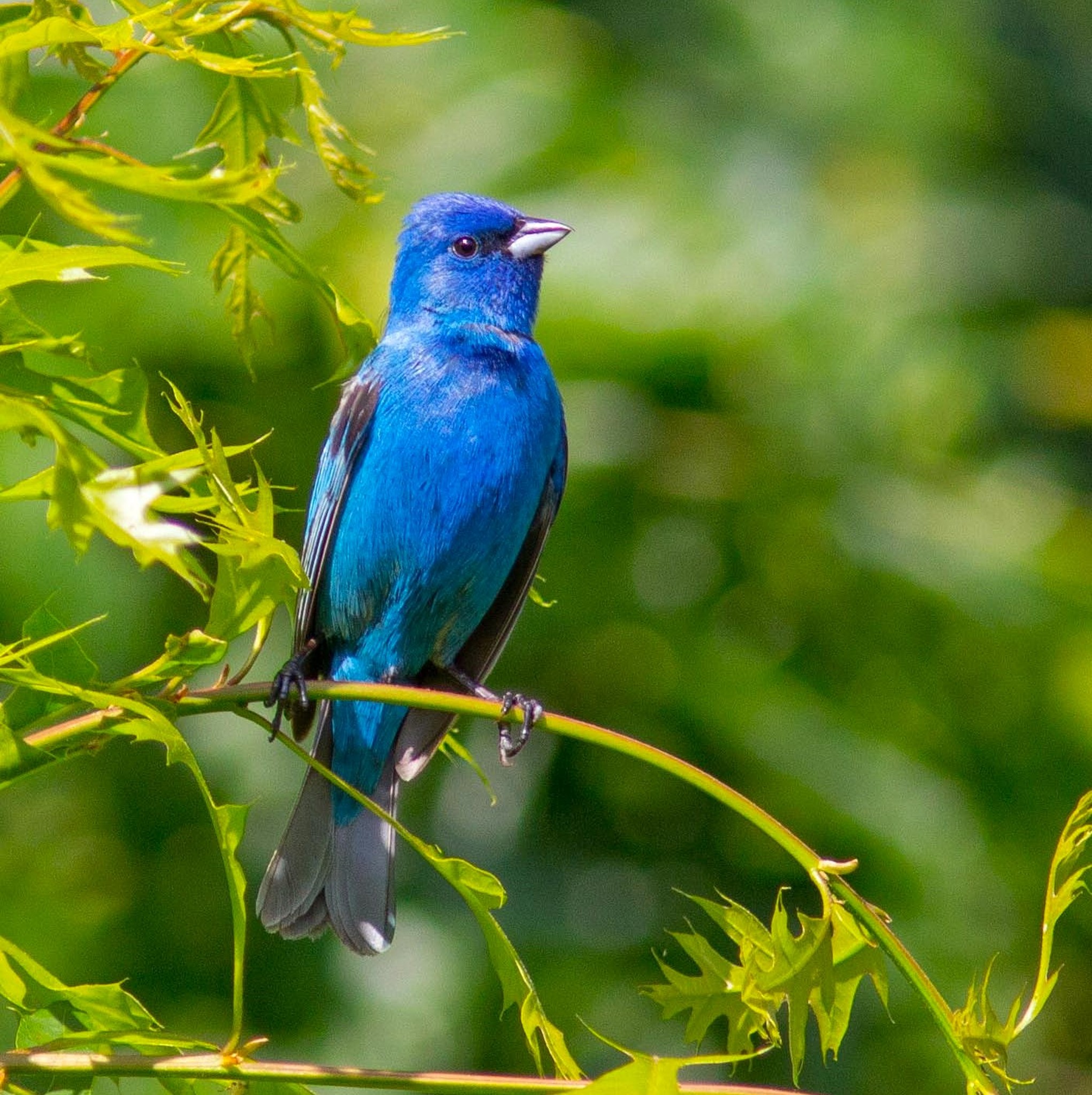
During the breeding season, Indigo Buntings can be found across a wide range of North America, extending from southern Canada to northern Florida. They prefer open woodlands, forest edges, and fields with abundant shrubs and bushes. These habitats provide ample opportunities for nesting and foraging.
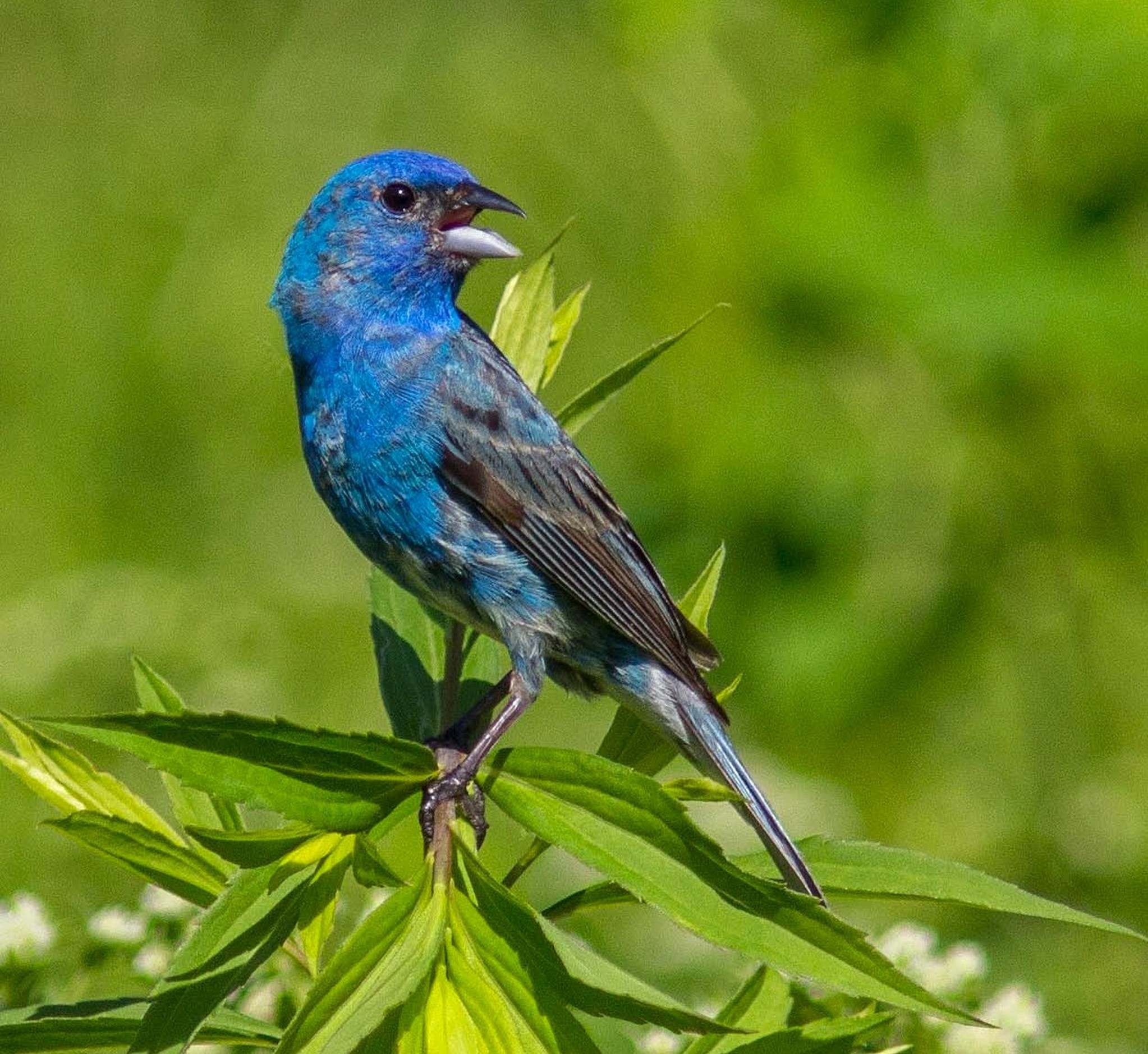
As migratory birds, Indigo Buntings travel great distances between their breeding and wintering grounds. They migrate at night, navigating by the stars. During the winter months, they inhabit regions ranging from southern Florida to northern South America, including parts of Mexico and the Caribbean. In these warmer climates, they favor shrubby and weedy areas, often near water sources.
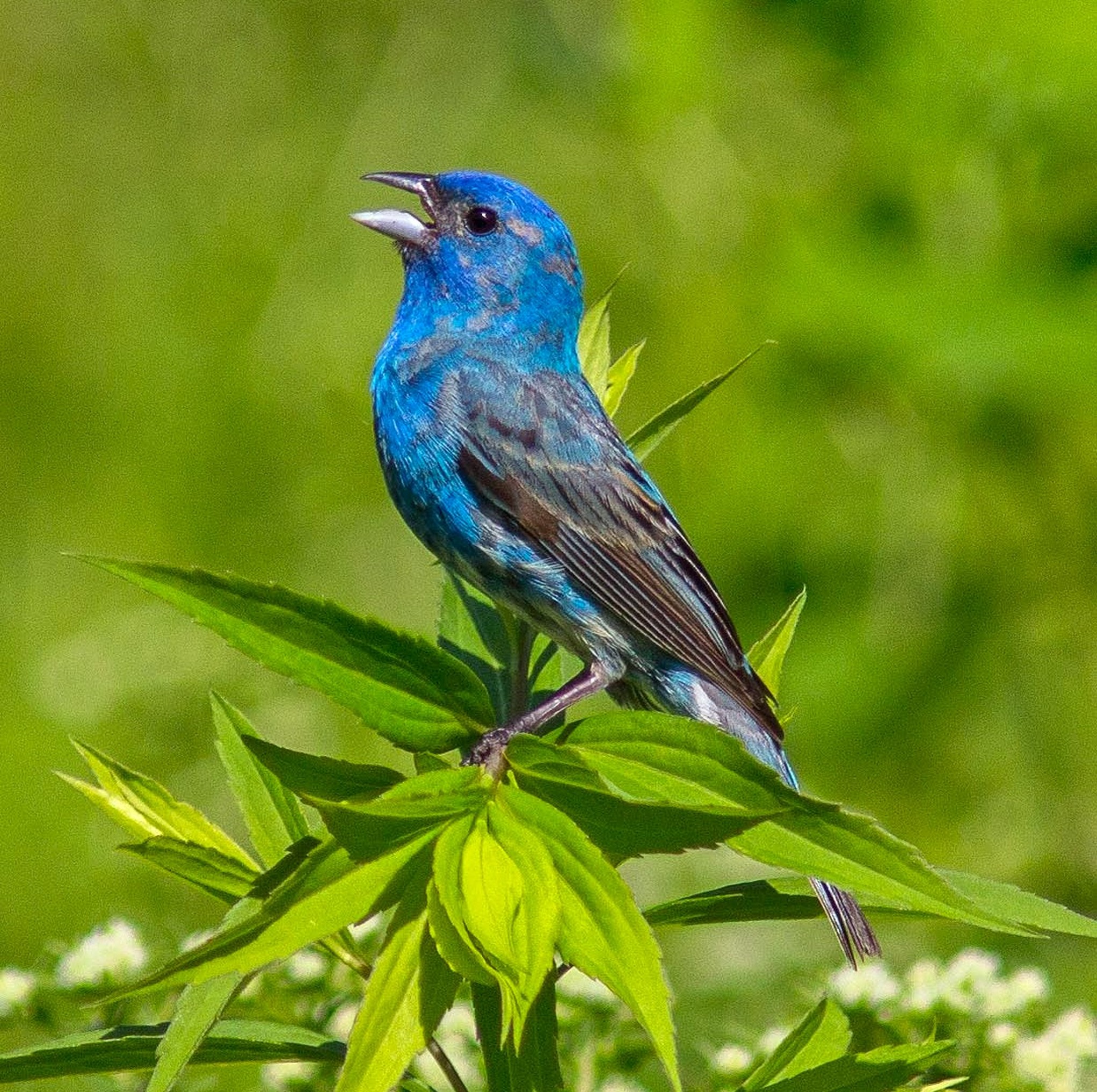
Indigo Buntings primarily feed on seeds, insects, and berries. During the breeding season, they consume a higher proportion of insects, which provide the necessary protein for raising their young. In the winter, their diet shifts more towards seeds and berries.

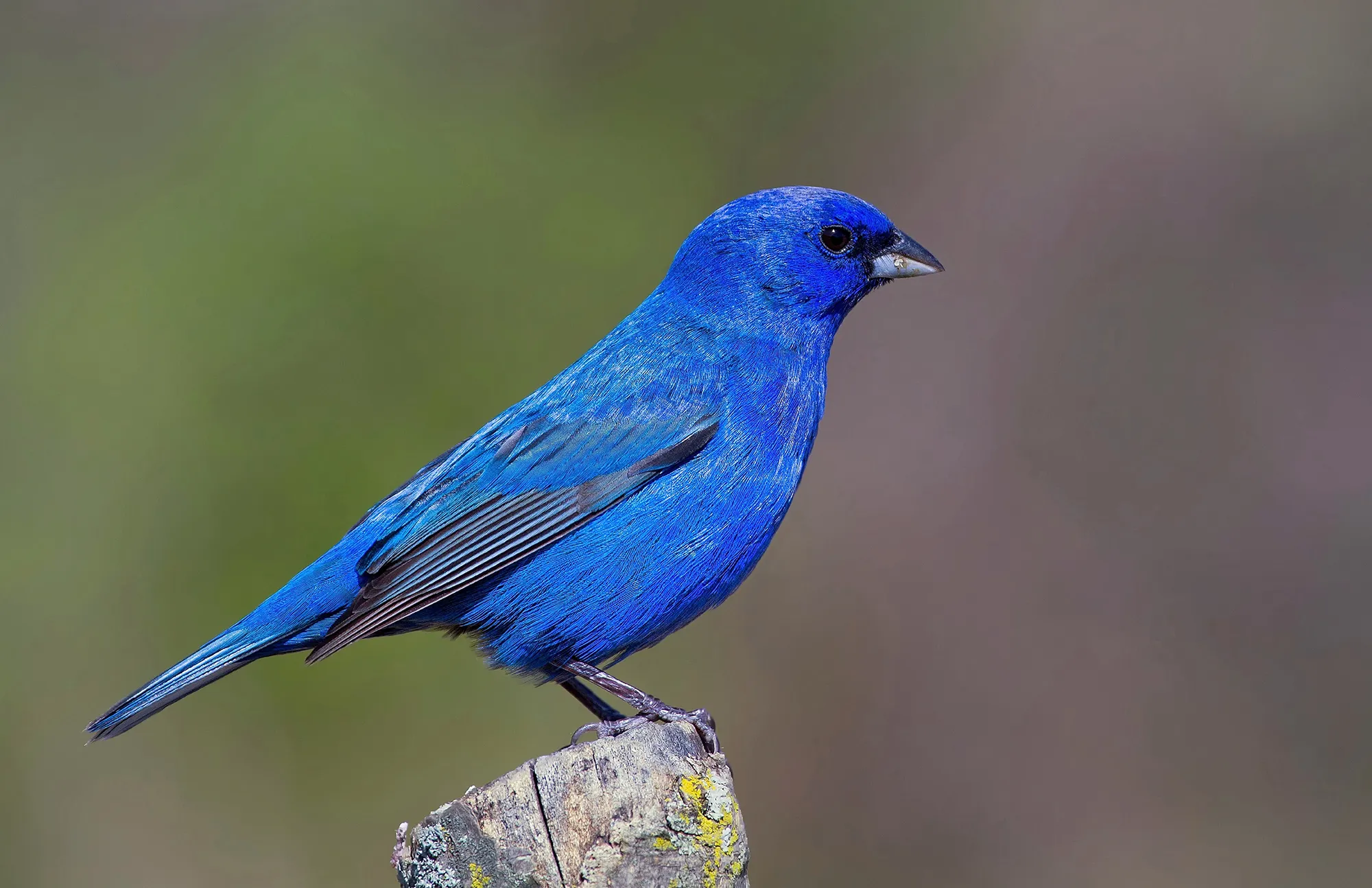
Breeding typically occurs from May to September. The female Indigo Bunting builds a nest in dense shrubs or low trees, where she lays 3 to 4 eggs. She incubates the eggs for about 12 to 13 days, and the fledglings leave the nest approximately two weeks after hatching. Males play a role in defending the territory and sometimes assist in feeding the young.

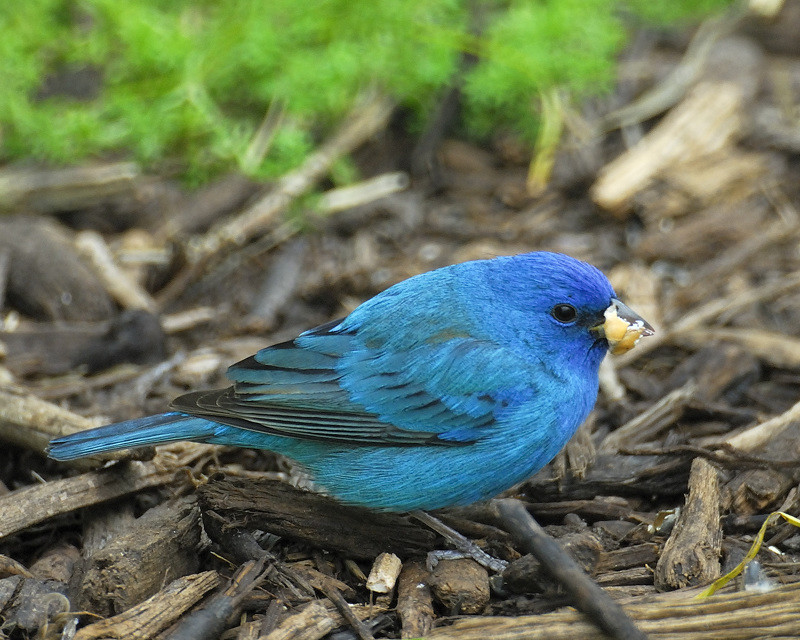
The Indigo Bunting is currently listed as a species of Least Concern by the International Union for Conservation of Nature (IUCN). However, they do face threats from habitat loss and degradation, particularly in their breeding and wintering grounds. Conservation efforts focus on preserving natural habitats and promoting practices that benefit migratory birds.